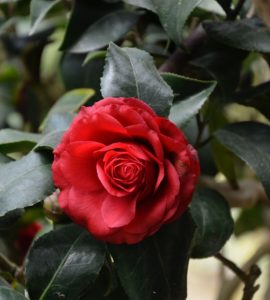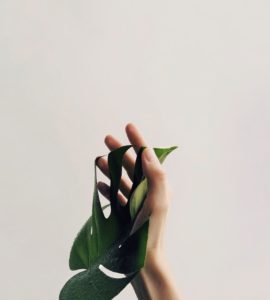Fresh flowers can predict the weather no worse than meteorological stations: they have a genetic ability to adapt to environmental conditions in order to protect seeds, stems and cups from bad weather. In some plants, these adaptation mechanisms are more pronounced, thanks to which they have gained a reputation as weather predictors. Forecast flowers are found both in the wild and on home windowsills, and some types of plants can hint at bad weather even in the form of a composition in a vase. Today we will cover all three types of flowers that can alert attentive observers when bad weather is approaching.
The following types of plants are among the bright predictors of bad weather growing in the garden and field:

The most famous indoor weather predictors are the tropical plants Monstera and Alocasia. They portend rain differently from field and garden flora: unlike flowering plant species, the inhabitants of the jungle, when the humidity in the environment rises, discard excess water to prevent root decay. Both experienced growers and amateur florists know: the appearance of transparent drops of water on carved green leaves, even in sunny weather, means that the weather will soon deteriorate.
Alocasia reacts to the approaching rain in the same way as the monstera, but this floral forecaster is more often mistaken: excessive humidity in the house or excessive watering can confuse the plant, and the appearance of drops on its leaves does not guarantee an imminent bad weather.
In a similar way, the Indian canna notifies about the upcoming rain: if it rains during the day, transparent droplets appear on its wide dense leaves. But the drops of liquid that appeared on the balsam do not indicate the approaching bad weather, but that the coming day will be dry and sunny.
Indoor varieties of roses and cypress emit a stronger aroma before the rain, and oxalis predicts rain in different ways at different times of the day: in the daytime, before bad weather, its flowers close, while before a night shower, on the contrary, they remain open.
Of the fresh plants sold in offline stores and over the Internet, tulips and buttercups, including their Asian variety, ranunculus, are considered the most famous weather predictors. A bouquet with ranunculus, which were cut relatively recently, can react to the gathering rain in the same way as wildflowers: cups of flowers gather in dense buds, trying to hide the core from the rain and protect delicate petals from the wind.
This feature should be taken into account when ordering flower delivery: floristic compositions consisting of meteosensitive plants may look different in bad weather than on a clear sunny day. This difference is especially noticeable in tulips. Remember this when choosing a composition for a young girl: according to the rules of flower etiquette, young women should be given tulips half-closed, and flowers collected in a closed bud in the rain are likely to open their cups in the sun. If you want to present a gift according to all the rules of etiquette, choose plants that are insensitive to the weather.
